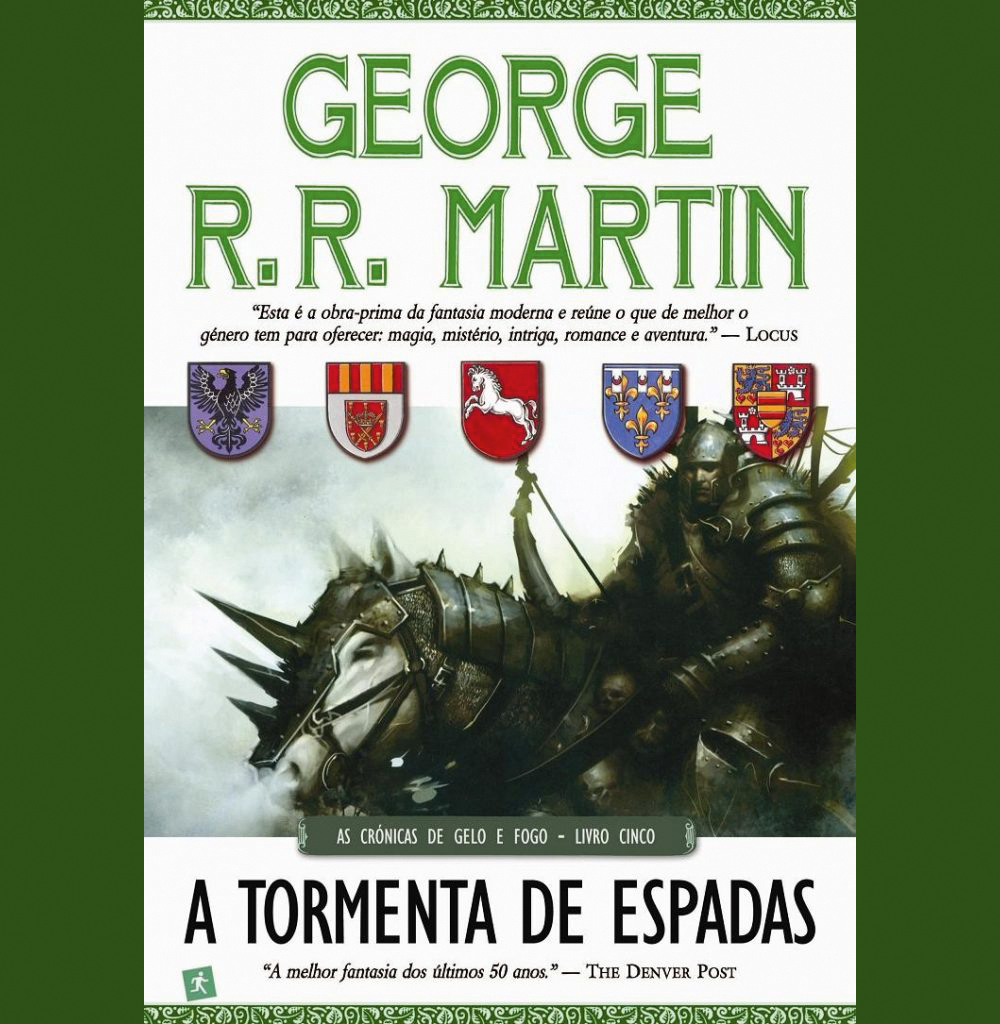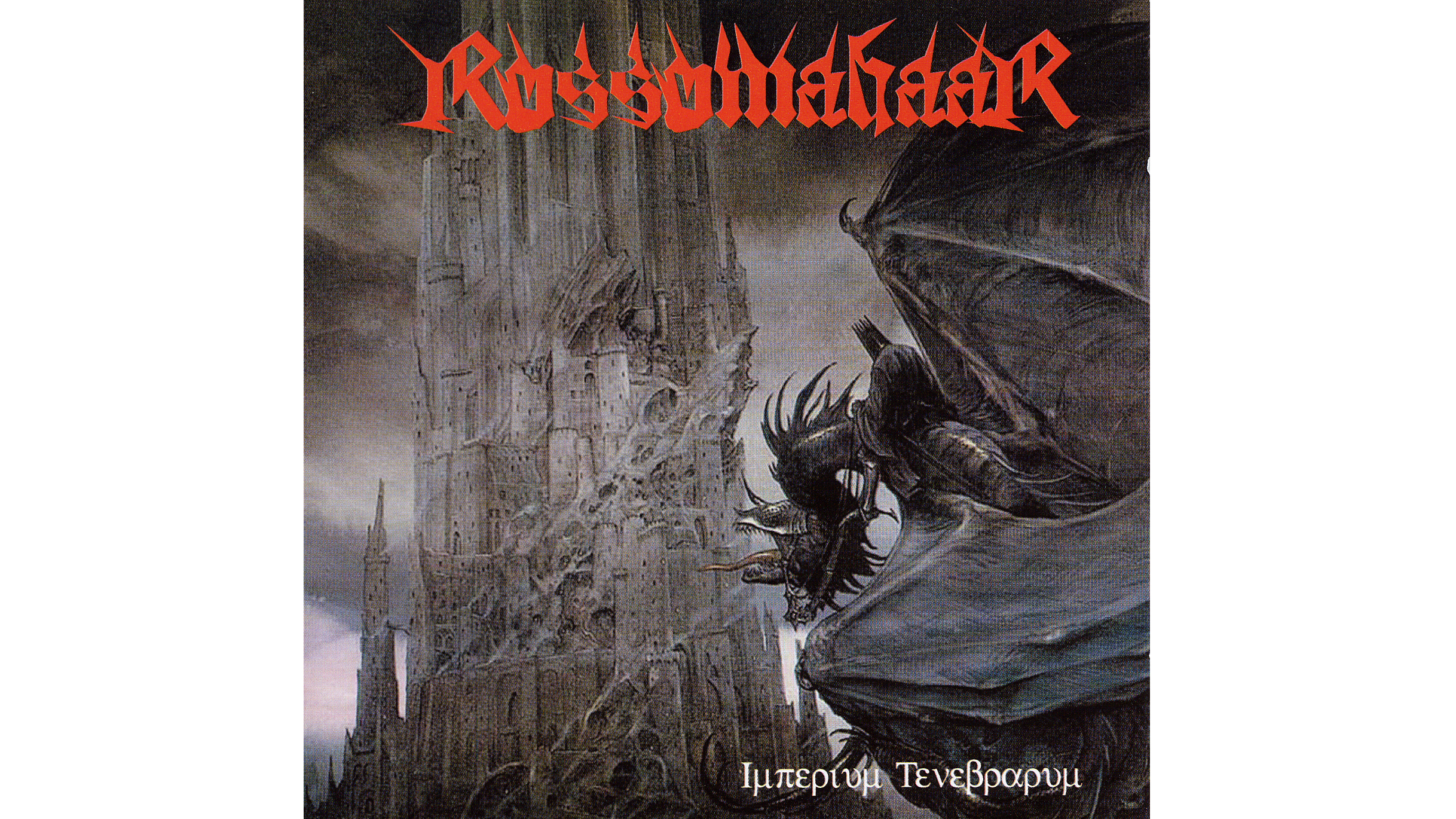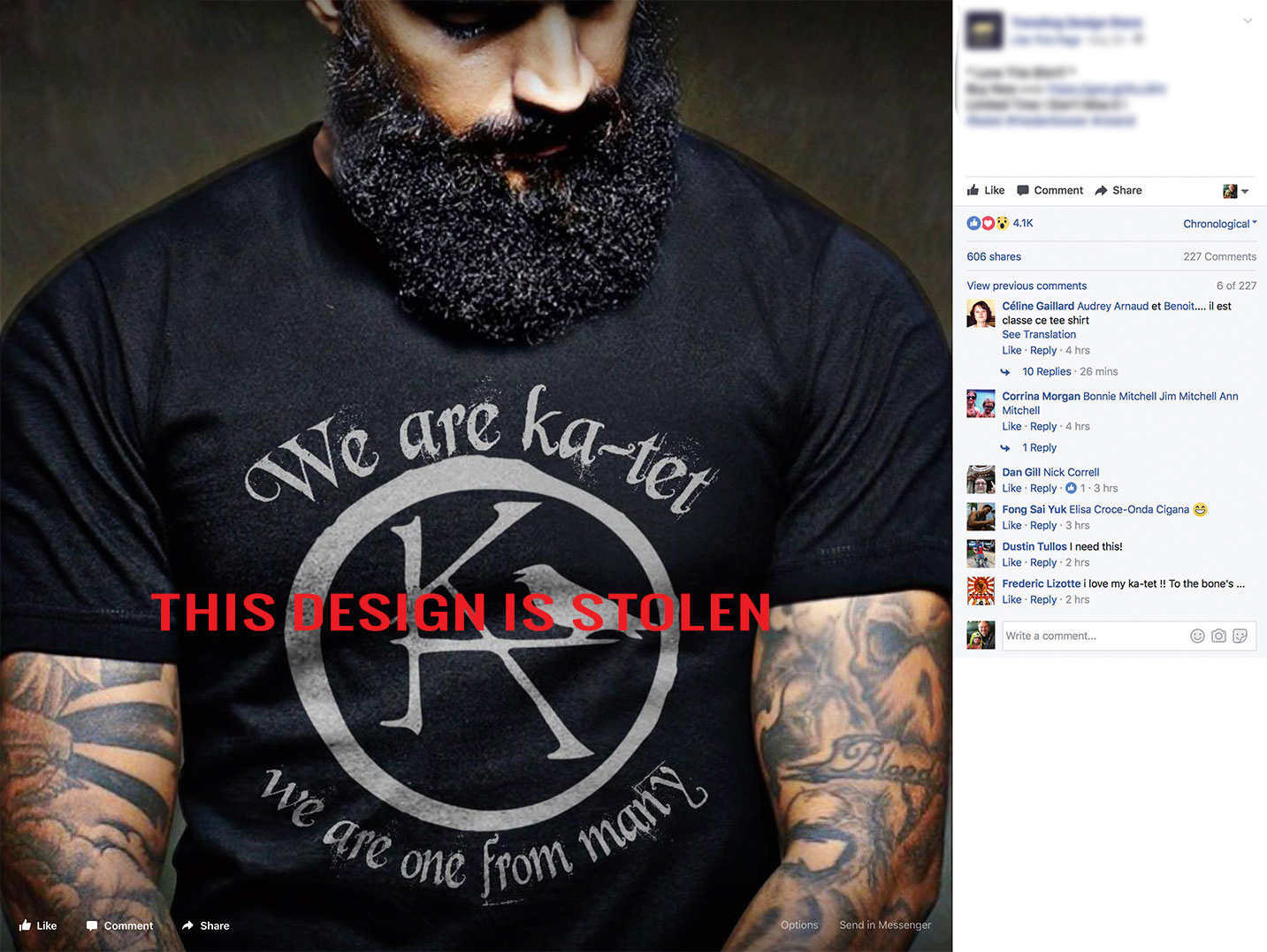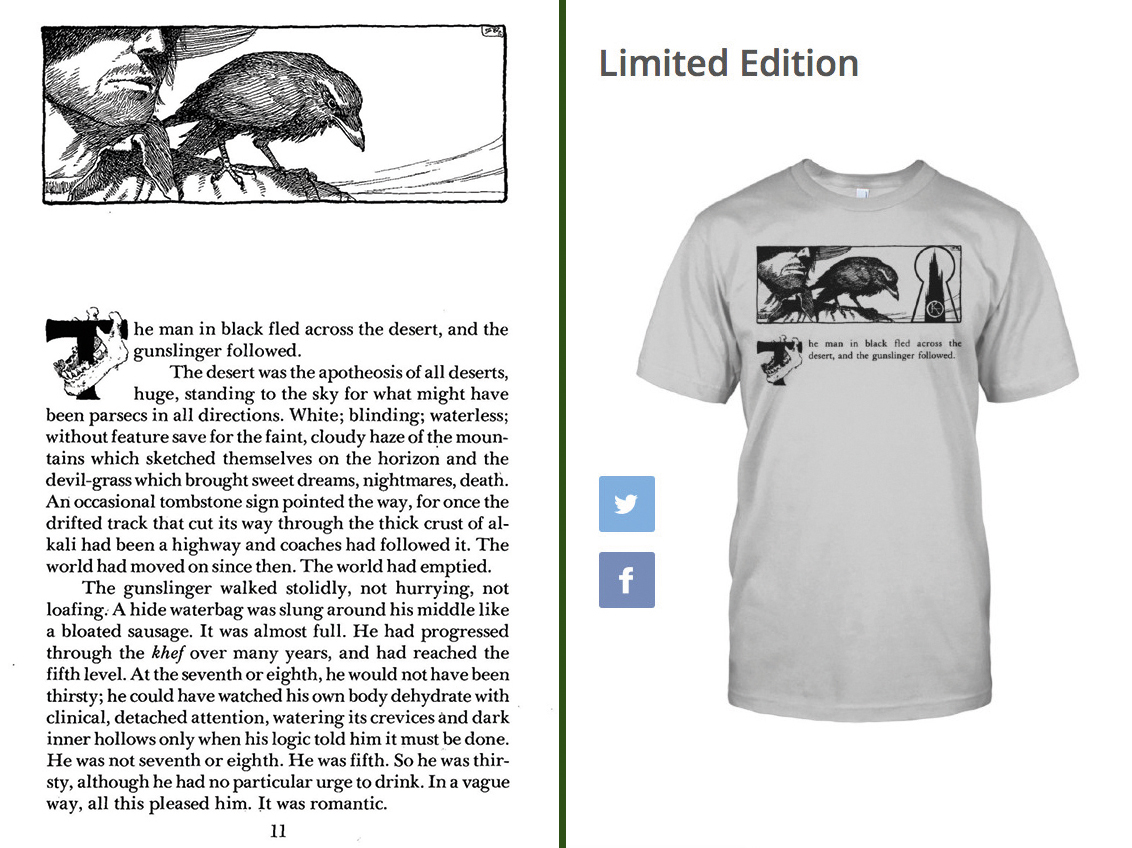How to fight back against image fraud
Find out how the fraudulent use of images is affecting almost every fantasy, sci-fi and comic artist.

Anger. Frustration. Dismay. Even boredom. The unauthorised use of imagery is taking an emotional toll on artists around the world, for sure. Every single day, artists like John Howe report on their Facebook page that their imagery has been used without permission.
- Exclusive offer: Save 15% on Adobe Creative Cloud now
Prints, coffee mugs, T-shirts, aprons, pencil cases… you name it, pinched artwork appears in many forms on Etsy. Then there are those unscrupulous dealers who’ll scan artwork in and sell it as their own to publishers who should be buying work from the original artist. And the problem seems to be getting worse.

“To be honest, it makes me mad,” says Mike Lim, AKA Daarken, whose work was lifted from Spectrum and used as a Game of Thrones cover by a Portuguese publisher. “Stolen art can be a huge problem for artists because usually the offending party is selling the stolen work for a fraction of the artist’s original rate. You can see how this could become a problem when it comes to finding work.”
Howe agrees. It’s not about pride, or originality. It’s about getting paid. “Illustrators’ incomes, generally, are based on selling reproductions of their work, whether through publishing of books, posters and so on, or selling prints and such themselves. Selling a product with an unauthorised image is an attack on the artist’s livelihood.”



Howe must hold some sort of record due to the fact that over a dozen different Russian death metal bands have re-used his image The Dark Tower, from his Lord of the Rings illustrations, for their album covers. And he’s got about as much chance of seeing any royalties from Russia as he has from Mordor.

It’s Stephen King’s The Dark Tower that lies at the centre of some of Michael Whelan’s most pirated work. “I invented a symbol for The Dark Tower character The Crimson King, and I see unauthorised examples of its use frequently on CafePress.com, Etsy.com, Ebay and elsewhere,” explains Whelan. “Each time I become aware of it I try to put a stop to it, but it’s like playing Whack-A-Mole – they keep popping up again.
Friends in high places
He’s dealt with the problem in two ways. When infringements occur on Facebook, Whelan’s webmaster, Mike Jackson, invokes the name of Stephen King. With a following of five million, the author and his team have a lot more clout with Facebook’s legal department and it’s banned dozens of fake fan pages that have used Whelan's distinctive art.
Daily design news, reviews, how-tos and more, as picked by the editors.
Whelan has also signed licensing agreements: one with Sony Pictures which will use the symbol in the upcoming The Dark Tower film, the other with a T-shirt outfit called Katet 19. They will be the sole authorised producers of T-shirts featuring Whelan’s artwork. Both Sony Pictures and Katet 19 have the legal clout to prevent some of the plagiarism.

Not every artist has major clients like these to kick ass on their behalf, but just about every talented artist out there is being ripped off in one way or another. Tara Phillips is an Australian illustrator whose True Detective-inspired personal work was taken simply so that somebody in the film industry could boost their unrelated Instagram profile. Did they credit Tara? Hell no!

“I’m aware that most people don’t know any better when they post art online, so I gave this person the benefit of the doubt and simply messaged asking for credit,” she says. “After several ignored messages from myself and others, I had no choice but to file an official report to get it taken down. By this point, the post had reached over 12k likes, and had caused a ripple effect of reposts and unintentional image fraud to follow.”
Action against fraud
Mis-attributed images can be spread like wildfire on Instagram, Twitter and Facebook, just as misappropriated artwork can be sold on items on Etsy and eBay. To protect themselves against the claims of artists, most platforms use the Digital Millennium Copyright Act (DMCA) in the US.
The act basically means that if websites have a process that artists can go through to have plagiarised work removed, then the site is more or less immune from copyright infringement. It can be slow-moving and cumbersome, but getting used to filling in DMCA forms on sites like Etsy is the reality if you want to challenge image fraudsters. Eventually, maybe, the infringer will be banned.


Watermarks – along with other measures – work for some artists, but not for others. “I think many of the steps people take in combating art theft are actually more detrimental,” says Mike. “Some people use watermarks, but everyone hates looking at art with watermarks. Not to mention that it’s pretty easy to remove them. Some people post really tiny images. Again, this is not something the general public, or art directors, want to look at.”
Many seasoned artists will tell you to choose your battles, and to keep a cool head when infringement occurs. “Take it calmly,” says Howe. “There’s little point in getting upset, it’s not exactly life-threatening! If the infringement is on a platform such as Etsy, the tools are there to allow you to file a complaint. If it’s an individual’s site, then you can remind them that unless they have an authorisation, what they are doing is illegal. Where it goes from there is up to you.”
One of the best things you can do is to turn to your community of fellow artists and fans for help. “The only thing I have ever found that works at all is maintaining a solid relationship with your fans,” says comic artist Colleen Doran. “Be honest with them, explain how damaging this behaviour is. It’s my fans who usually find the stuff. Fans will leave bad reviews on items that are stolen, and they’ll spread the word. They’ll support you.”
This article was originally featured in ImagineFX issue 152. Buy it here.
Read more:

Garrick Webster is a freelance copywriter and branding specialist. He’s worked with major renewable energy companies such as Ecotricity and the Green Britain Group, and has helped develop award-winning branding and packaging for several distilleries in the UK, the US and Australia. He’s a former editor of Computer Arts magazine and has been writing about design, creativity and technology since 1995.
